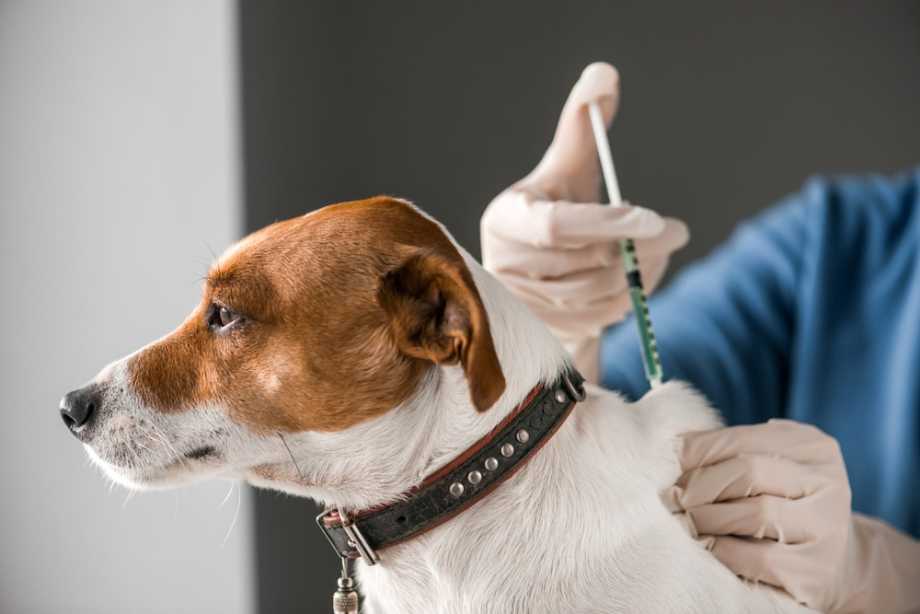Rabies Awareness: Understanding the Fatal Nature of the Virus
In a world where health threats abound, one particularly sinister adversary remains shrouded in mystery and dread. Rabies remains an enigma – a silent killer that often lurks unnoticed until it’s too late.
The Stealthy Assassin: A Closer Look at Rabies
Rabies is a viral disease caused by the rabies virus, a member of the Lyssavirus genus. Unlike many other infectious diseases that may exhibit mild symptoms or even remain asymptomatic, rabies is an unyielding adversary. Once it infiltrates the human body, it embarks on a sinister journey, primarily targeting the central nervous system.
Rabies gains entry through broken skin or mucous membranes, typically via the saliva of an infected animal. Contrary to common belief, it’s not just the bite of a rabid animal that poses a threat; even a scratch or open wound contaminated with the virus-laden saliva can be a conduit for this malevolent pathogen. This is where the perilous nature of rabies lies hidden.

The Silent Invasion
After entering the body, the rabies virus commences a covert operation, quietly traveling along peripheral nerves towards the brain. Its unassuming entry belies the impending catastrophe. The initial symptoms of rabies can mimic various other illnesses, such as fever, headache, and general malaise, leading to misdiagnosis in many cases.
As the virus creeps closer to the central nervous system, the symptoms become increasingly severe. Patients may experience anxiety, confusion, hallucinations, and agitation. This is where the true horror of rabies begins to manifest itself. The virus relentlessly marches towards the brain, causing inflammation and encephalitis. This marks the point of no return.
The Point of No Return
Once rabies reaches the brain, it triggers a cascade of catastrophic events. The infected individual experiences seizures, paralysis, and hydrophobia (fear of water), which is one of the hallmark symptoms of rabies. Hydrophobia occurs due to the inability to swallow, leading to a painful and agonizing experience when attempting to drink. At this stage, the prognosis is grim, and without prompt intervention, death is inevitable.
But why is rabies so ruthlessly fatal? The answer lies in the unique behavior of the virus within the central nervous system. It not only evades the immune system but also hijacks nerve cells for its sinister purposes. As a result, the immune response is effectively suppressed, and the virus can continue its destructive rampage unchecked.
The Race Against Time
Understanding why rabies is almost always fatal underscores the urgency of post-animal bite vaccination. Once the symptoms of rabies manifest, it is nearly impossible to halt the disease’s progression. Therefore, the key to survival lies in prevention.
Post-animal bite vaccination, also known as post-exposure prophylaxis (PEP), is a race against time. It involves the administration of rabies vaccine and rabies immune globulin (RIG) to neutralize the virus. This timely intervention can effectively stop the virus in its tracks before it reaches the brain and wreaks havoc.
The Vital Importance of Post-Animal Bite Vaccination
- Preventing the Inevitable
Post-animal bite vaccination is the only effective means to prevent the progression of rabies once symptoms appear. This critical treatment can be a lifesaver for those who have been potentially exposed to the virus. Without it, the outcome is almost always fatal.
- Swift Action is Crucial
The urgency of post-exposure prophylaxis cannot be overstated. The rabies virus is relentless, and once it advances to the central nervous system, there is no turning back. Therefore, seeking immediate medical attention and getting vaccinated after an animal bite or potential exposure is paramount.
- Protecting High-Risk Occupations
Certain occupations, such as veterinarians, animal control officers, and wildlife researchers, are at a higher risk of encountering rabid animals. These individuals must be particularly vigilant about post-animal bite vaccination to protect themselves from this lethal threat.
- Peace of Mind for Pet Owners
Pets can also be potential carriers of rabies, and their bites or scratches can put their owners at risk. Post-animal bite vaccination offers peace of mind to pet owners, ensuring that they are protected in case of an unexpected incident.
- Global Impact
Rabies is not confined to a single region or country; it is a global health concern. Ensuring that individuals worldwide have access to post-exposure prophylaxis is essential for controlling and eventually eradicating this deadly disease.

Rabies is a relentless disease that progresses stealthily until it becomes nearly unstoppable. However, there is hope in the form of post-animal bite vaccination. This critical intervention can prevent the virus from reaching the central nervous system and ensure the survival of those exposed to rabies. In a world where some diseases remain incurable, rabies is a stark reminder of the vital importance of prevention and timely action. Post-animal bite vaccination is not just a medical treatment; it is a lifeline that can save lives and protect communities from the shadows of this deadly disease.






